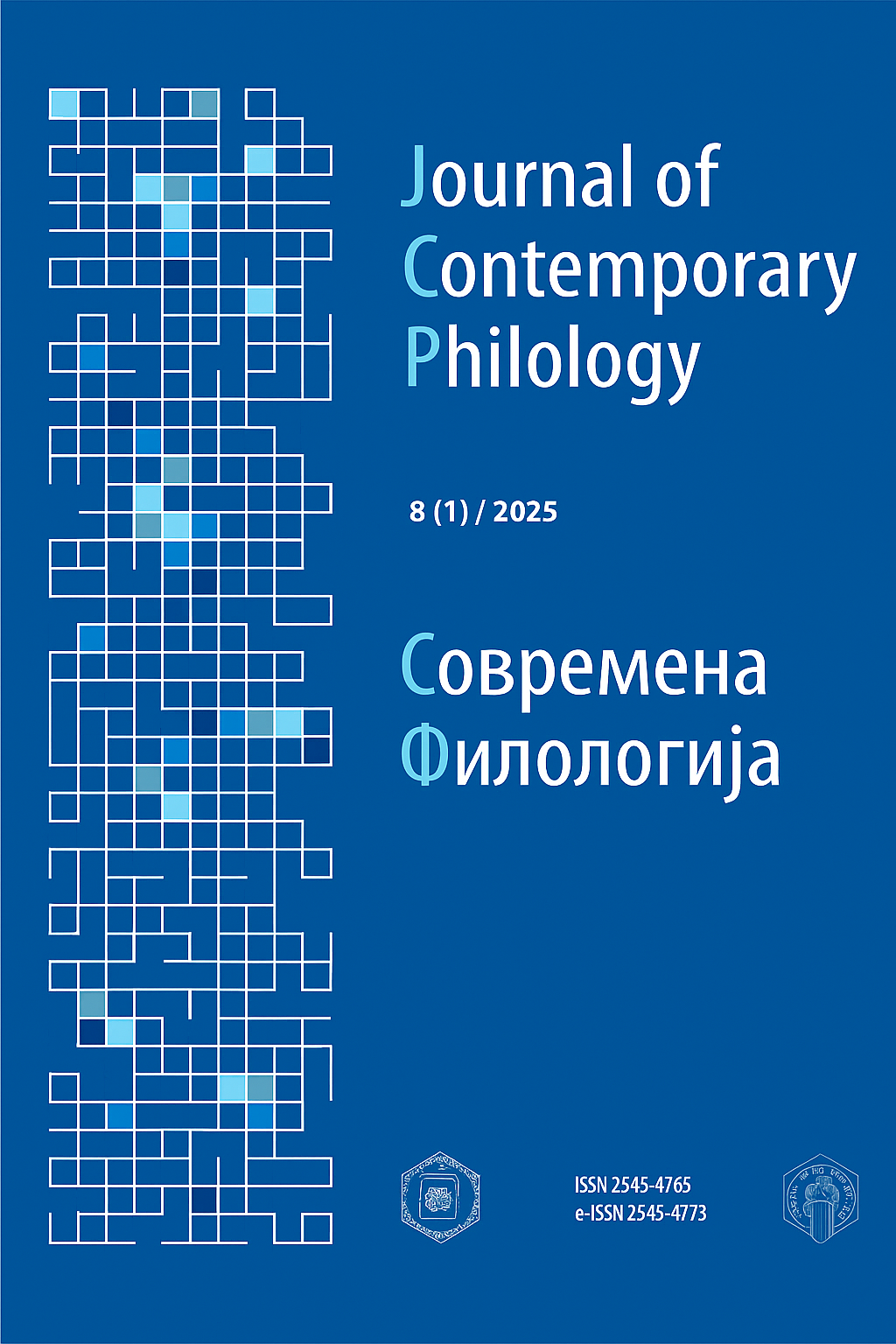LABILE VERBS IN MODERN ALBANIAN: A PRELIMINARY CORPUS-BASED STUDY
DOI:
https://doi.org/10.37834/JCP258167mKeywords:
P-lability, non-active voice, lexical semantics, Albanian National CorpusAbstract
The goal of the study is to analyze the use of labile verbs in the modern written Albanian language based on the Albanian National Corpus, which contains over 31 million words. In this paper, we present our findings from a pilot study of eight Albanian P-labile verbs belonging to different semantic groups that are typologically prone to lability. The study has shown that the selected verbs behave differently. Only phasal verbs filloj ‘begin’ and mbaroj ‘finish’ demonstrate consistent lability. The motion verb lëviz ‘move’ is used as a labile verb, with a predominance of active intransitive usages, while the verb ziej ‘boil; seethe; ferment’ shows variation between non-active and active intransitive usages. Deadjectival color verbs zbardh ‘whiten; brighten’ and skuq ‘make/color red; fry’ appear both transitively and intransitively, but only in their basic color-related meanings. The verb of distinction and change dalloj ‘distinguish; differentiate’ primarily employs active intransitive forms in reciprocal meanings and morphologically non-active forms in other meanings, while the related verb ndryshoj ‘change; vary, distinguish’ behaves as a typical labile verb, with a secondary development of non-active usages.
Downloads
Published
Issue
Section
License
Copyright © 2014 Blaže Koneski Faculty of Philology, Skopje
Journal of Contemporary Philology (JCP)
Современа филологија



